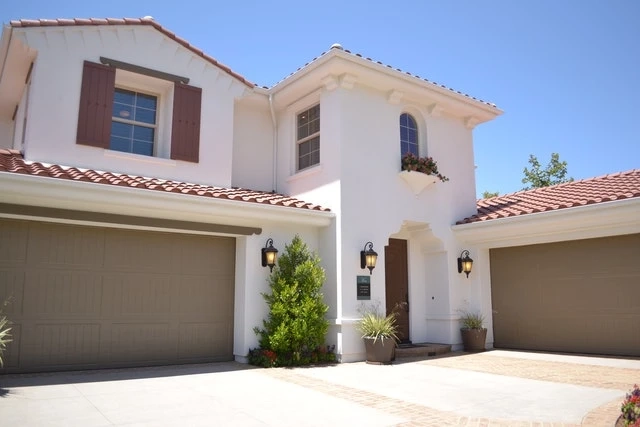When choosing a foundation repair contractor you need to know what foundation repair product options you have to choose from. When it comes to foundation repair work on your home, several choices need to be made. These choices range from using helical piers or steel push piers, waterproofing or underpinning, concrete segmented piles or steel push piers, or even eccentric vs. concentric piers.
You will hear proponents for each different type of foundation tunnel waterproofing repair underpinning system, you will also hear many different reasons why some steel push piers are better than other steel push piers. Wading through all of this information is the key to finding the right method and means of repairing your home. Here we will focus on the differences in piering systems, specifically eccentric piers versus concentric piers.
First, we must define the terms eccentric and concentric. An eccentric pieringsystem is one whose pile axis is not in line with its applied load. A concentric pier is a pier bracket and pile whose axis is in line with the applied load.
For foundation repair applications, helical piers are always eccentric in nature. The helical sections are installed through the bracketing system from the side of the pier. Micropiers are also installed through the bracketing systems from the side of the pier. The major reason for this is the relatively large equipment used to install these types of systems cannot fit below the wall or footing.
Segmented Concrete Piles are installed directly below the footing and then a bracket or platform is installed on top of the pile to transfer the applied load to the pier. Hybrid piers are the latest concept in underpinning products. These pier systems generally use concrete-filled steel pier sections installed directly below the footing and then either a steel bracket or concrete block is placed on top to transfer the load to the pier. These hybrid piers are marketed as the best of both worlds, in reality, they are a compromise of both worlds. They do not provide the full benefits of steel piers and they have the same negatives as the segmented concrete piles.
As noted above, steel push piers can be eccentric or concentric in nature. Each manufacturer generally determines which design best fits their manufacturing and design capabilities and sticks with that style. Only Earth Contact Products has successfully designed and engineered both types of systems for residential use.
What is better, eccentric or concentric? There is no real answer, because both if designed properly and applied properly, will work well. While an eccentrically designed pier requires more engineering and tighter quality control, not only can they work well but some have worked well for over 30 years. This is not to say all eccentric piers have good engineering behind them. Many are manufactured around cost constraints as opposed to good engineering. Concentric steel piers are a lower-tech solution that has many application advantages over its rival, the eccentric pier. They can be installed with less footing modification, they can be installed in lower headroom areas and they require less installation equipment to use.
You can contact us through our website if you are looking forward to getting any kind of structural repair done.
0


